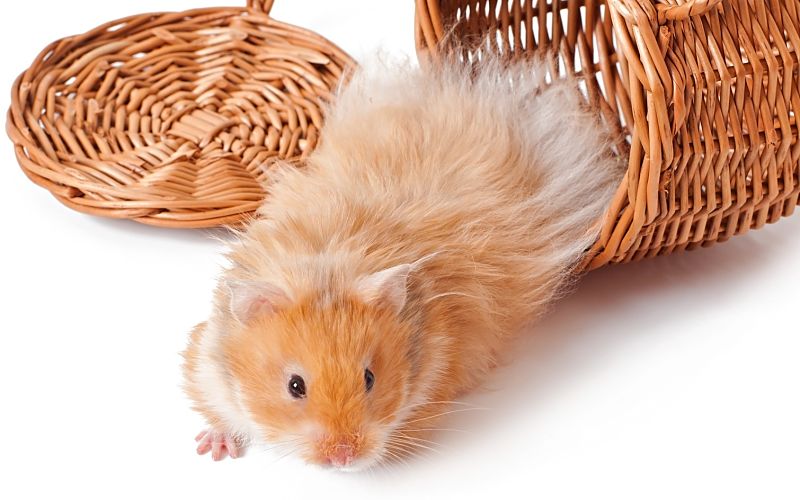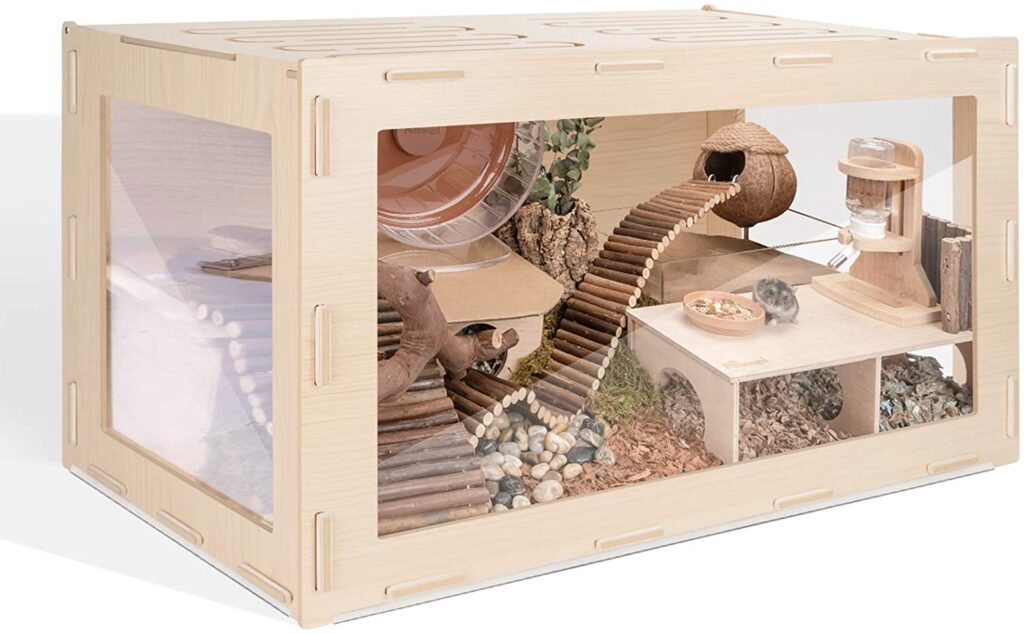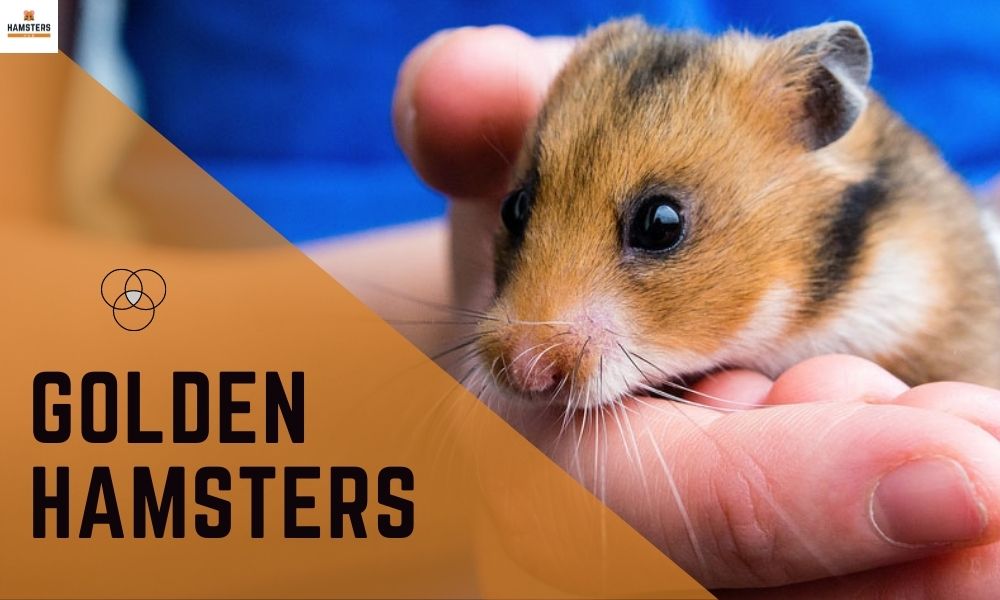The golden hamster, Syrian hamster or أبو جراب was found for the first time in the Maghreb, specifically in Syria. Currently, its state in nature is considered threatened, as fewer and fewer colonies reside in the wild. They are very common as pets.
Physical appearance
It stands out for its large size compared to other hamster species, such as the Chinese hamster or the roborovski hamster. Syrians can reach 17 centimeters, although males do not usually get 13 or 15 centimeters. Their weight is usually between 90 and 150 grams.
Their fur coats can come in several colors, but each color is not considered a different species. There are also two main kinds of Syrian hamsters, long-haired Syrians and short-haired Syrians. Long-haired Syrians must be combed weekly to ensure their long fur does not get matted.

Like other hamster species, Syrians have cheek pouches that store food. The pouches can hold much food and stretch from their cheeks to their shoulders.

Behavior
Unlike other hamsters, the golden hamster is shyer and reserved. This species is easy to bond with and very cuddly. They tend to be slower and more at ease when tame and familiar with their surroundings.
Still, hamsters are not particularly aloof with people, as they rarely bite. Due to their size, it is clear that we can handle them without a problem and the risk of them escaping.
Before you put your place inside the cage and grab him without warning, talk to the hamster and offer it food to have a positive and pleasant start for both of you. It also helps to rub your scent on some napkins or bedding before placing it in the cage; that way, they can get used to it and learn to trust you.
Feeding
Feeding this type of hamster is very simple:
They need a mix of nuts, seeds, grains, protein, veggies, and occasional fruits in their diet. Most food mixes do not have fresh veggies and fruits, so it’s always recommended to give a small serving of different fruits and veggies once a week.
Any high-sugar fruits or veggies, like carrots, apples, grapes, bananas, etc., should be given in smaller portions to ensure your Syrian does not get sick. No species of hamster can have citrus.
You must also receive a certain amount of protein in your hamster’s diet. You can add dry mealworms, cooked and unseasoned chicken, cooked and unseasoned eggs, and other things with their seed mix to ensure they get enough protein. Water should not be lacking in your diet and should always be clean and fresh.
Habitat
We will look for a cage with at least 450 square inches of unbroken floor space. While this is the minimum, it is highly suggested to have a cage with at least 600 square inches because all hamsters need a lot of space and commonly show stress behavior in anything less than 600 inches.
Hamsters only climb when stressed and thrive in one-story enclosures. Unbroken floor space measures the length by the width of the bottom of an enclosure. This does not include secondary stories’ flooring, platforms, tunnels, or other cages connected to the main cage.

The cage must have bedding at least 10 inches deep, water, a 9+ inch wheel, many hides, foraging toys, food, and enrichment-like sprays. Syrians tend to enjoy dig boxes with the coco-fiber substrate.
Diseases
Always disinfect and clean the cage with its elements to prevent disease. Fleas, lice, and other parasitic bugs must be removed by changing all the bedding, soaking all the toys in warm water, cleaning the food and water dishes, and thoroughly cleaning the cage. Your hamster must also see the vet and have professionals do a check-up and clean your hamster.
Heatstroke happens at certain times; try to lower the temperature in your home and put in frozen ceramic items. If you do not see a rapid improvement, see your veterinarian.
The fractures and injuries are common and usually heal by themselves with some help (betadine in case of injuries or making a small splint for a week), But it is best to go to an exotic vet and get a checkup.

